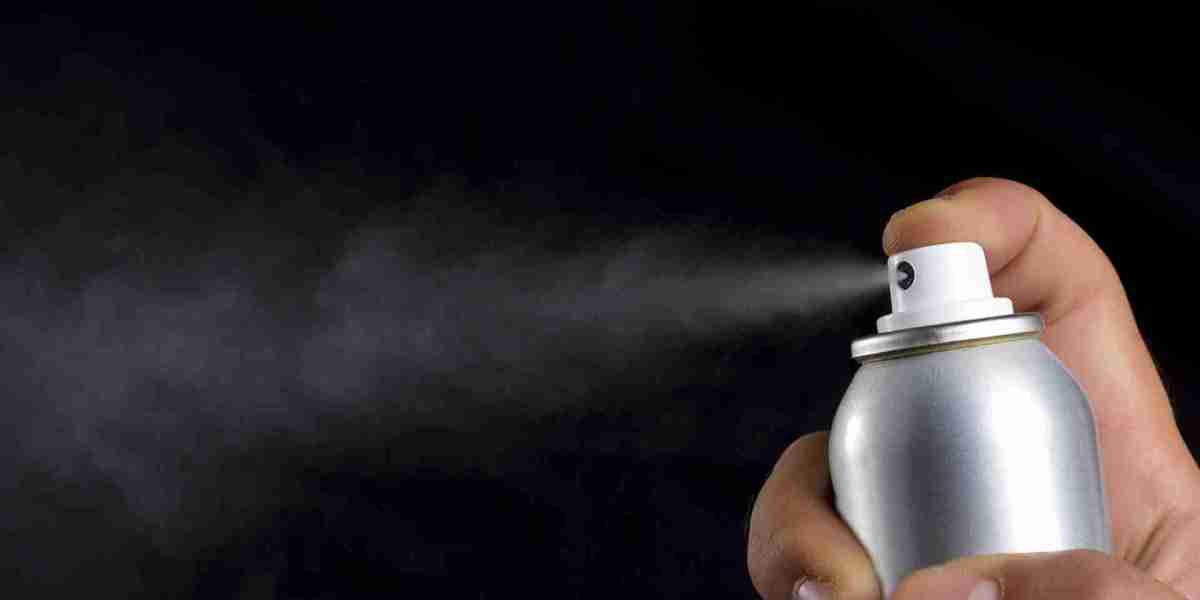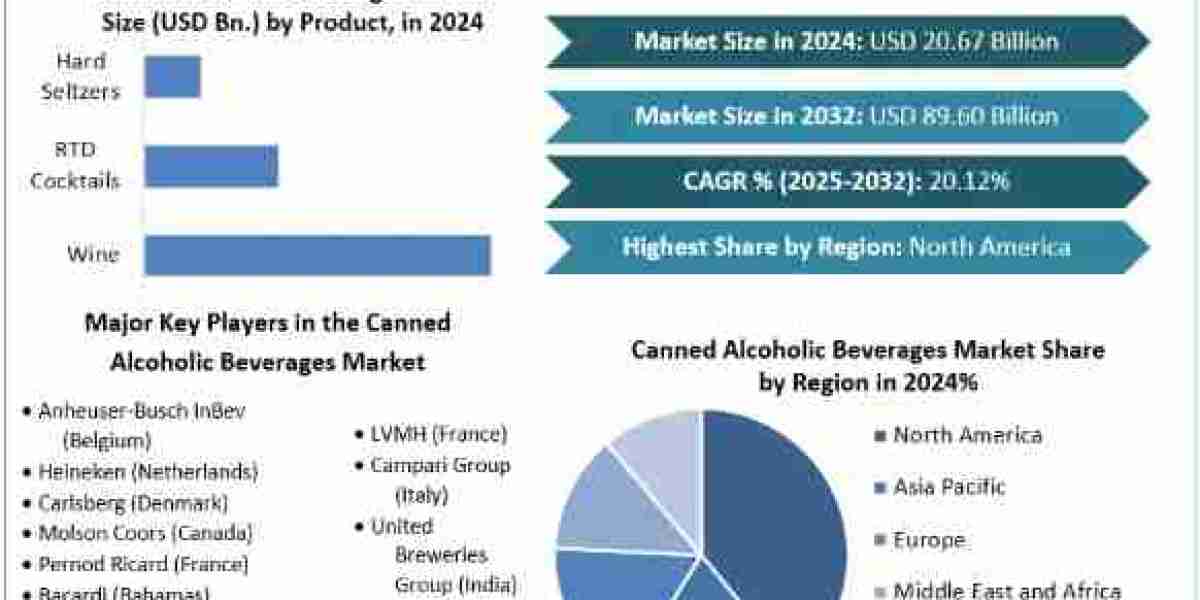The deodorants market has grown significantly over the last few decades. However, businesses looking to enter this sector face a range of barriers that can complicate their market entry strategy. These barriers arise due to intense competition, regulatory constraints, supply chain complexities, and brand loyalty. Understanding and addressing these obstacles is vital for new players aiming to make their mark in the deodorants industry.
1. Intense Competition from Established Brands
One of the most significant barriers in the deodorants market is the dominance of established brands like Unilever (Dove, Rexona), Procter & Gamble (Secret, Old Spice), and Colgate-Palmolive (Speed Stick). These players enjoy strong customer loyalty, substantial marketing budgets, and a well-established presence across global markets. As a result, new entrants must devise innovative marketing strategies and differentiate their products from existing offerings.
In addition to established global players, many local and regional brands also compete fiercely in various markets, which further complicates entry for new businesses. The sheer range of deodorant options, including sprays, roll-ons, sticks, and gels, means newcomers must position their products thoughtfully to cater to specific consumer segments, be it sensitive skin products, eco-friendly variants, or those promising long-lasting effects.
2. Regulatory Challenges and Product Safety
Deodorants are regulated in many countries due to concerns about consumer health and safety. For instance, the European Union, the United States, and Canada have stringent standards for cosmetic and personal care products, particularly regarding ingredients and labeling. New brands need to ensure they comply with these regulations by conducting product testing, acquiring necessary certifications, and adhering to packaging guidelines.
The growing preference for natural and organic personal care products has also added another layer of complexity. Consumers now expect transparency in terms of ingredients, leading businesses to ensure that their products meet sustainability and organic standards. Navigating these regulatory hurdles requires both time and investment, which could be significant for new market entrants.
3. Supply Chain Challenges
The deodorants market also involves complexities in supply chain management. Raw materials for deodorant products, such as aluminum (for aerosol cans), fragrance oils, and various skin-conditioning agents, are often sourced globally. New market players must establish efficient and cost-effective supply chains to secure quality raw materials at competitive prices.
Moreover, logistics can become a challenge, particularly when expanding to international markets. Shipping products and packaging components often involves navigating tariffs, taxes, and customs requirements, which may add to production costs and lead to delays.
Additionally, achieving economies of scale and maintaining consistent product quality across different regions are crucial considerations. Efficient production and distribution are essential for managing these challenges and staying competitive in the market.
4. Customer Preferences and Brand Loyalty
Consumer behavior plays an enormous role in the deodorants market. Established brands have loyal followings, and many customers prefer trusted names over newcomers. Shifting this mindset requires a strong emphasis on product quality, uniqueness, and targeted marketing. As customers have distinct preferences—whether it’s in scent, formula (antiperspirants vs. deodorants), or packaging—it’s imperative for new entrants to clearly understand these demands before launching.
Furthermore, preferences can vary across regions and demographics. For example, consumers in some areas may prefer natural deodorant options free of synthetic chemicals, while others may seek products providing long-lasting freshness with an industrial or clinical formula. Customizing products to meet these diverse needs and preferences will be essential in overcoming market entry barriers.
5. High Marketing and Distribution Costs
For any new company entering the deodorants market, aggressive marketing campaigns are often essential to gain market visibility and convince consumers to try a new product. This can be particularly challenging given the relatively low consumer interest in switching personal care brands, especially for items such as deodorants, which are used daily.
Aside from the marketing expense, establishing a distribution network is equally challenging. Retail shelf space is limited, and large brands have more negotiating power with distributors, making it harder for smaller entrants to gain access. Distribution channels, both in brick-and-mortar stores and online, need to be thoroughly evaluated and established to ensure wide market reach.
Moreover, digital marketing strategies have also become an indispensable tool for reaching younger, tech-savvy demographics. However, these digital platforms come with hefty costs for advertisers, including paid ads and influencer marketing campaigns, which may be prohibitive for new entrants with limited resources.
Conclusion
While the deodorants market offers vast opportunities for growth, entry barriers remain a significant challenge. From fierce competition and regulatory constraints to supply chain complexities and high marketing expenses, new players must carefully plan their entry strategy. Success in the deodorants sector requires a strong focus on product innovation, effective branding, understanding customer preferences, and compliance with global standards. While navigating these hurdles can be tough, those that succeed in offering compelling and innovative products can thrive in this competitive market.




